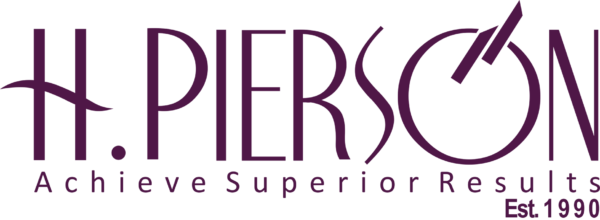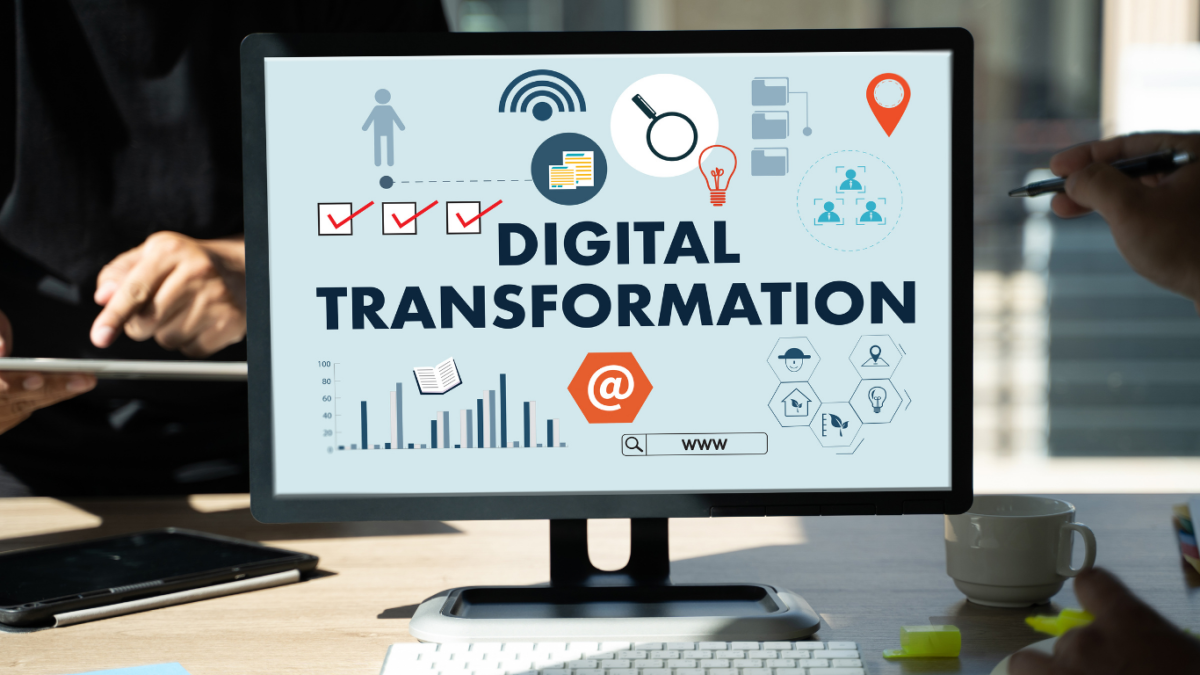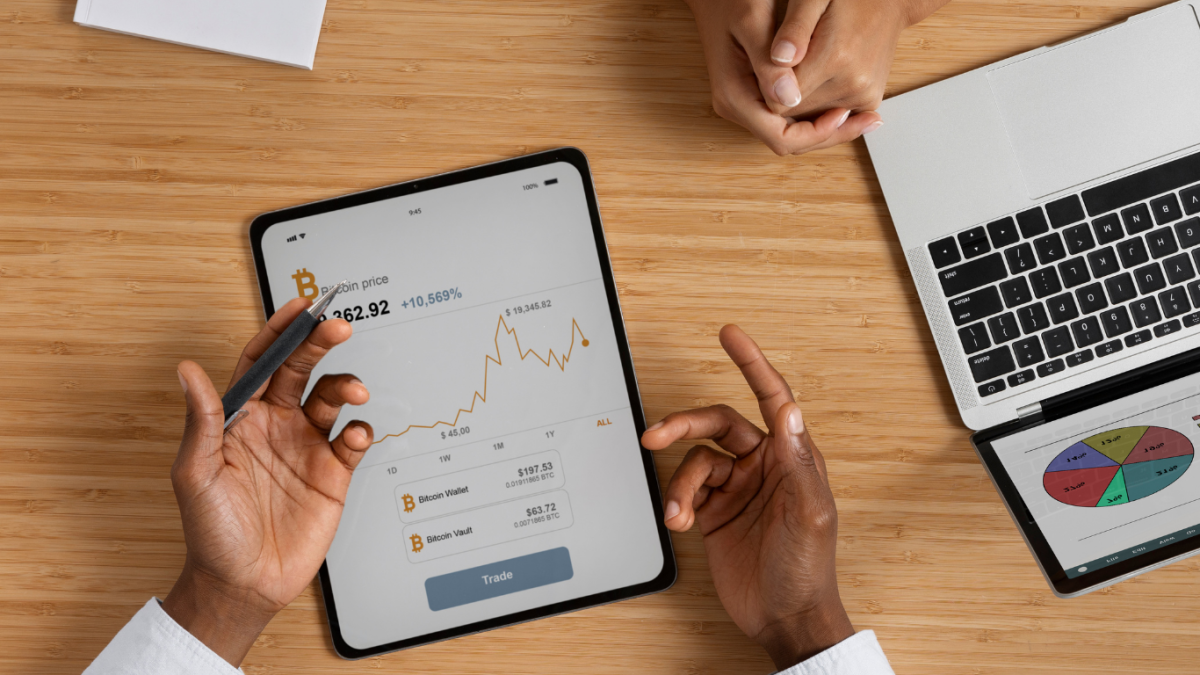In today’s fast-paced business environment, organizational design plays a crucial role in driving agility and adaptability. With technological advancements, shifting market trends, and evolving customer needs, companies must be able to respond quickly and effectively to stay competitive. Here’s a comprehensive guide to designing an agile and adaptable organization.
Key Principles of Organizational Agility
– Embracing a Culture of Continuous Learning: Encourage experimentation, learning from failures, and ongoing development to stay ahead of the curve.
– Adopting Agile Methodologies: Utilize frameworks like Scrum, Kanban, or Lean to structure and manage projects, enabling iterative progress and feedback.
– Fostering a Growth Mindset: Promote a culture that views challenges as opportunities for growth and development, helping individuals and teams adapt to changes effectively.
– Decentralizing Decision-Making: Empower teams to make decisions, reducing bureaucracy and increasing responsiveness to changing market conditions.
In today’s fast paced rapidly evolving business landscape, organizational design is a key driver of agility and adaptability. With the pace of technological change, shifting market dynamics, and ever-evolving customer expectations, companies must be prepared to pivot quickly and effectively to remain competitive. This guide explores the core principles for building an agile and adaptable organization.
Core Principles for Organizational Agility
- Foster a Culture of Continuous Learning – Create an environment that encourages experimentation, embraces lessons from failures, and invests in ongoing development to maintain a competitive edge.
- Leverage Agile Methodologies – Apply frameworks such as Scrum, Kanban, or Lean to structure and manage projects, enabling iterative progress, flexibility, and timely feedback.
- Encourage a Growth Mindset – Promote the belief that challenges present opportunities for growth, enabling individuals and teams to adapt and thrive in the face of change.
- Decentralize Decision-Making – Empower teams to make informed decisions quickly, minimizing bureaucracy and enhancing responsiveness to market shifts.
Strategies for Enhancing Agility
– Implement Flexible Structures and Processes: Adopt flat hierarchies and flexible processes that allow for rapid decision-making and adaptability.
– Leverage Technology and AI: Utilize AI-driven tools to forecast market trends, adjust pricing and inventory in real-time, and enhance decision-making processes.
– Prioritize Employee Experience and Well-being: Focus on employee-centric design, prioritizing experience, engagement, and well-being to drive productivity and job satisfaction.
– Encourage Cross-Functional Collaboration: Break down silos and promote teamwork between different departments to drive innovation and better outcomes.
Best Practices for Agile Organizational Design
– Define Agility Goals: Establish clear objectives for agility transformation, aligning with overall business strategy.
– Select Agile Frameworks and Tools: Choose appropriate agile methodologies and tools, evaluating frameworks like Scrum, Kanban, or Lean.
– Train and Educate: Equip teams with necessary skills and knowledge, providing training sessions on agile methodologies and certification programs.
– Monitor and Adjust: Continuously assess and improve agile practices, monitoring progress using key performance indicators (KPIs) and adjusting practices based on performance data ¹.
Real-World Examples
– Tesla: Adjusts production plans quarterly, enabling it to adapt quickly to new information and demand fluctuations.
– Amazon: Utilizes AI to adjust pricing and inventory in real-time, demonstrating the power of predictive adaptation.
– Google: Focuses on cross-functional teams and versatile skill sets, promoting agility and adaptability ² ³.
By embracing these principles, strategies, and best practices, organizations can design a structure that drives agility and adaptability, thriving in today’s rapidly changing business environment.











